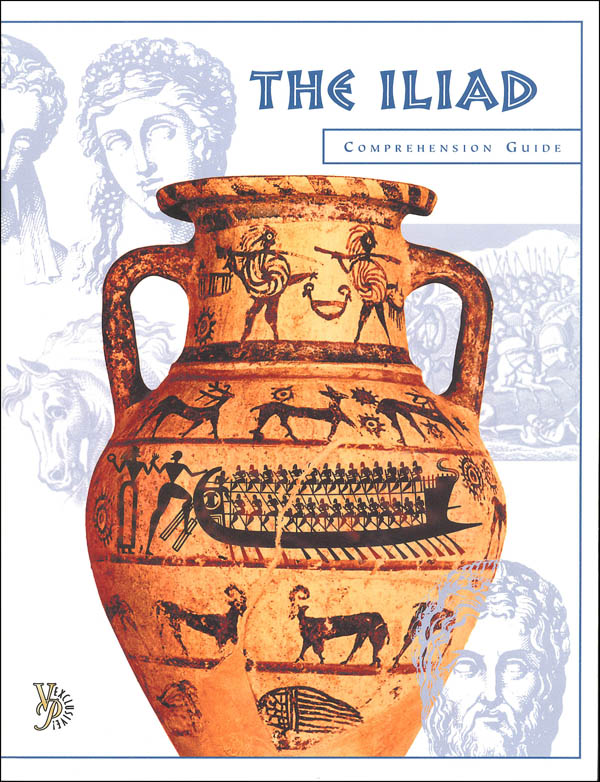

Chryses prays for Apollo's help, and Apollo sends a plague to afflict the Achaean army. Although most of the Achaean kings are in favor of the offer, Agamemnon refuses. Agamemnon, king of Mycenae, acts as commander for these united armies.Ĭhryses, a Trojan priest of Apollo, offers the Achaeans wealth for the return of his daughter Chryseis, held captive by Agamemnon. The Achaean forces consist of armies from many different Greek kingdoms, led by their respective kings or princes. The events begin in medias res towards the end of the Trojan War, fought between the Trojans and the besieging Achaeans. ( 1) The story begins with an invocation to the Muse. The first verses of the Iliad Exposition (Books 1–4) In terms of formal style, the poem's repetitions, use of similes and epithets, are often explored by scholars. Their characterisation in the poem humanised them for Ancient Greek audiences, giving a concrete sense of their cultural and religious tradition. The Olympian gods also play a major role in the poem, aiding their favoured warriors on the battlefield and intervening in personal disputes. It contains detailed descriptions of ancient war instruments and battle tactics, and fewer female characters. The poem is frequently described as a masculine or heroic epic, especially compared with the Odyssey. Given widespread illiteracy, audiences were more likely to have heard the poem than read it it was performed by professional reciters of Homer known as rhapsodes.Ĭritical themes in the poem include kleos (glory), pride, fate and wrath. Homer's authorship was infrequently questioned in antiquity, but contemporary scholarship predominantly assumes that the Iliad and the Odyssey were composed independently and that the stories formed as part of a long oral tradition. The Iliad, and the Odyssey, were likely written down in Homeric Greek, a literary amalgam of Ionic Greek and other dialects, probably around the late 8th or early 7th century BC. The Iliad is often regarded as the first substantial piece of European literature. In particular, it depicts a fierce quarrel between King Agamemnon and a celebrated warrior, Achilles.

Set towards the end of the Trojan War, a ten-year siege of the city of Troy by a coalition of Mycenaean Greek states, the poem depicts significant events in the siege's final weeks. It contains 15,693 lines in its most widely accepted version. As with the Odyssey, the poem is divided into 24 books and was written in dactylic hexameter. It is one of the oldest extant works of literature still widely read by modern audiences. The Iliad ( / ˈ ɪ l i ə d/ Ancient Greek: Ἰλιάς, romanized: Iliás, Attic Greek: "a poem about Ilium (Troy)") is one of two major ancient Greek epic poems attributed to Homer.


 0 kommentar(er)
0 kommentar(er)
